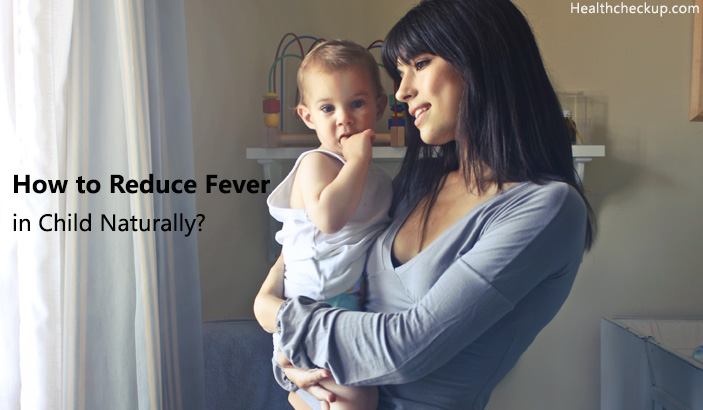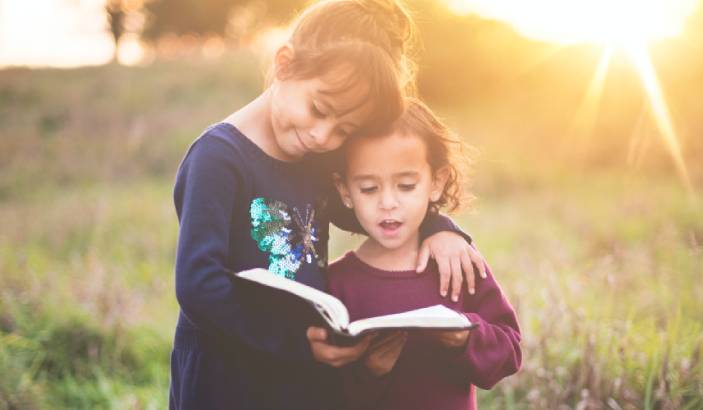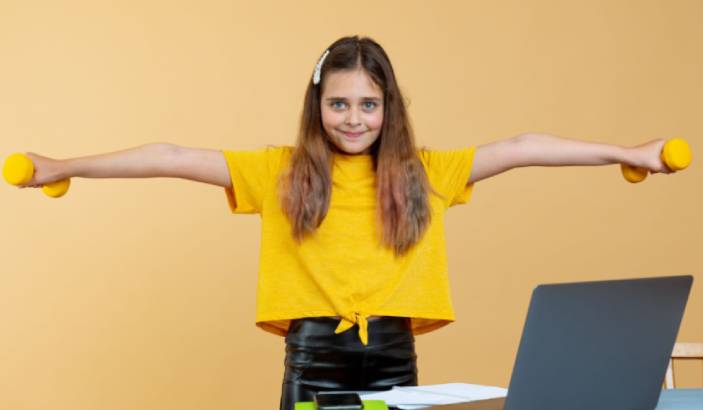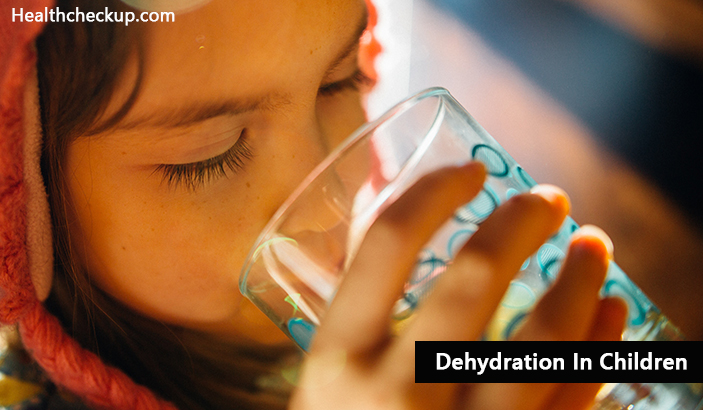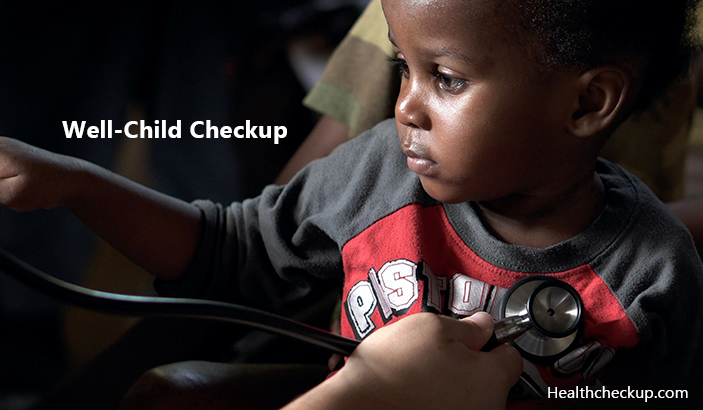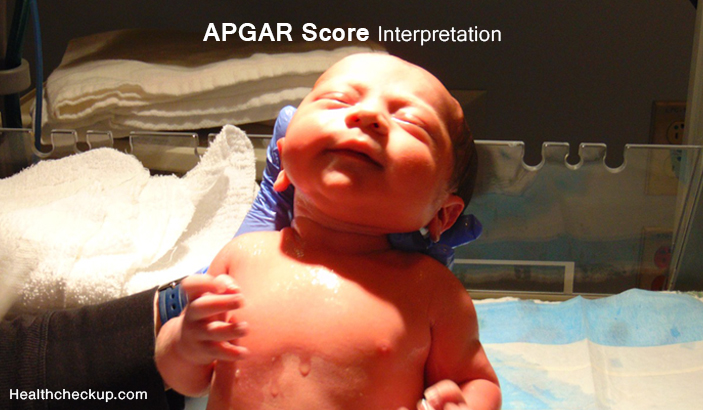Medicines need not be the only way, on how you tackle fever in your kid. The pills, antibiotics or antidotes weaken the natural immune system of your body to fight against infections, viruses or bacterial disorders. You should allow nature to take its course. Natural healing methods of treating fever or viral infections, strengthen the overall agility and the fitness of the child.
In this health and wellness guide, we are going to have a look at some of the effective non medical ways on how to reduce fever in a child naturally. Home based tips and remedies to abate the fever, without making use of antidotes or antibiotics, form the crux portion, of this particular segment.
Causes of Fever in Children
The body temperature of a normal human being is 98.4 degrees Fahrenheit or 36 degree Celsius. If the temperature of the body crosses, this particular norm, you are said to have acquired a fever.
Some of the commonly known causes of fever in a kid are as follows
- Viral infections such as colds or flu
- Chronic infections like Malaria, Typhoid, Dengue, Measles and Chicken Pox
- Bacterial disorders or stomach infections like diarrhea, dysentery, gastroenteritis, food poisoning, etc.
The Lesser Known Causes
Some of the lesser-known facts as to what causes fever in children include
a) Side effects of certain types of vaccinations
b) Heat Strokes
c) Brain diseases like Meningitis, Kawasaki Diseases, etc.
How to Reduce Fever in A Child Naturally
If the fever is on account of a commonly known bacteria or virus, you can adopt natural methods of healing. However, if the fever or viral infection is caused on account of the lesser known causes or if the temperature exceeds 102 degrees Fahrenheit, it is better you seek medical help at the earliest. You can abate the fever by supplying your child with plenty of fluids. This way, the body remains well-hydrated.
You can try teaching the child with simple deep-breathing exercises. This way, unwanted stress or anxiety caused on account of breathlessness, is reduced to the bare minimum. Some of the kids are taught techniques on how to use their own nebulizers, while at home. You can proctor simple techniques as suggested by your very own doctor or paediatrician to cure the child’s fever in a natural setting or home-based atmosphere.
Home Based Remedies to Reduce Fever in A Child
For fevers below 101 degrees Fahrenheit, you can allow natural ways to reduce fever in a child at home. These are as follows:
- You can try placing a cool or a damp piece of linen across his/her forehead. This procedure will naturally reduce fever in babies too. The body temperature gradually comes down as you dip the cotton pads into the water and place it across the baby’s armpits, feet, back, arms, legs and forehead.
- You can ask your mom or mom in law to help you catch hold of the baby, to do the needful. The sudden rise of temperature in babies can lead to seizures or what is commonly known as Fits. The body throws up at once. And this can become a serious medical issue.
- Give a lukewarm body bath or even a sponge bath. As the water evaporates from his/her skin, the body temperature will automatically cool down. You need to avoid using cold water. This causes the body to shiver and the temperature can rise further. Alcohol rubbing is also strictly prohibited.
- Keep your baby well-hydrated. This can be done by offering plenty of fluids like chilled buttermilk, yoghurt, ice-pops, warm soups, etc. These fluids can keep the baby well-hydrated and the body temperature automatically drops.
- You can switch on the fan at a low setting so that the air circulates around his/her body and keeps the temperature at bay.
- Use cotton bed sheets as against wool. Cotton absorbs heat the most natural way. You can remove other layers of clothing and just make the kid wear a cotton night dress. This way, the body loses heat and is able to breathe.
- Keep indoors. You can make the baby sleep in a cool and exclusive space. Avoid carrying the baby to hot or sunny locations.
Are your kids resilient to home-based remedies? Do you find a headache and fever in a child? Does he/she get irritable and not having fluids or responding to the home based therapies? Then you will have to call the ambulance right away. The baby will have to get admitted to a hospital or a reputed nursing centre.
You can also use natural methods of healing, to treat other commonly known ailments among babies and tiny toddlers. These include cold, flu, pneumonia, etc. However, if you find purple spots on the skin or the child has persistent difficulty in breathing, then you will have to call the ambulance or the doctor on call, with an immediate effect. Babies keep playing happily and things can go haywire. You cannot afford to neglect lesser-known causes behind an underlying infection. It can be a chronic disorder, for all said and done.
These home based remedies are meant for those of you, when you know, as a matter of fact, the key reasons that have led to a temperature shoot-up.
Can A High Fever Cause A Brain Damage?
It is quite usual for a sick child to reach higher temperatures of 104 or 105 degrees Fahrenheit. This can happen if the baby is trapped inside a car, for hours put together. This high a fever can sometimes lead to loss of consciousness, as well.
If you over dress a highly feverish child, its temperature can still shoot up. The brain damage can be caused, in the most unlikely of events, if the temperature scales touch 107.6 degrees Fahrenheit.
You can get the temperatures right when you put the baby facing upside down. You insert the thermometer near its rectum. Oral temperatures or arm-pit based techniques are also used. For an arm-pit method, you place the digital thermometer near your child’s armpits. Then when you hear the beep sound, you release the thermometer.
Home-based remedies on how to reduce fever in children naturally, techniques for checking the temperature and interesting health-related tidbits from a comprehensive portion of this particular health guide.
Medically Reviewed By

Maanasi specializes in health topics including diet and nutrition. A mother of an untiring seven year old, she enjoys nurturing her love affair with English. She is often found nestled with a book, plopped against a dozen pillows, smiling away at the brink of finishing yet another book of the many dozens, that adorn the shelves of her Mini Library!


